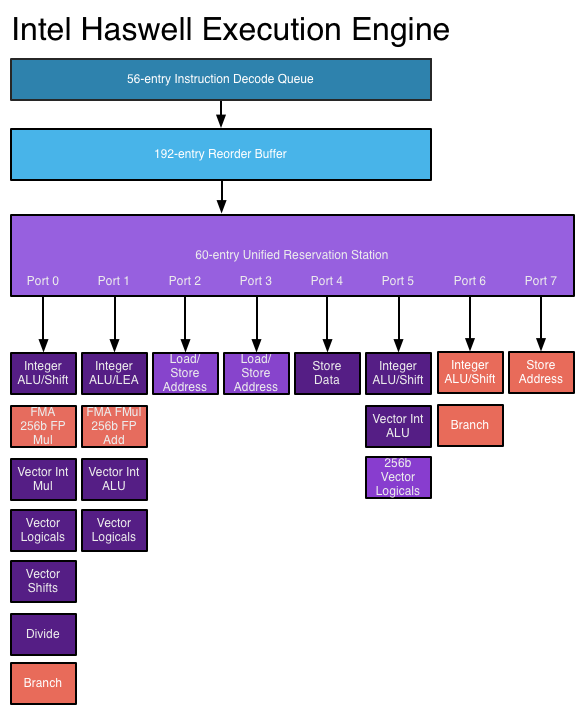So my question's answer is: It's your opinion and not inside knowledge. That's fine. I needed clarification as I didn't know if you had developed some cues by testing of any Zen samples.
Your question I'll answer: Sure, it can have a limit and can be a limiter. But I don't believe, as you stated that you do, that L2 is what will limit Zens frequency... Not until ~4GHz I don't anyway. If the FO4 is similar, it is possible for Zen to be hitting XV (and even Deneb) speeds, by design. Also,
Firstly, SRAM in seclusion is generally easiest to clock high at low volts. Hence why every new process is shown off using these. Intels 14nm bitcells were hitting 1.5GHz at 0.6V. However, the type of SRAM (4 MOSFET vs 6 or 7 or 8) will make a difference.
Secondly, I don't know if Zen will hit 3.2-3.8GHz within 9 months, or not, and I'm really not sure if 3.2-3.4GHz will launch. Indications are negative but they have delayed for a reason that would be substantial. I really don't know how good the process is, nor the design or the process learning curve/maturity level. Timing bugs and lower performing process are entirely possible at this stage of a new m.arch+new process. So far, all indications point to low clocks, combined with the LPP historical data, but why that is, and if they can be improved with tuning and maturity, and how quickly, remains to be seen.
Agena clocked piss poor Brisbane style. Deneb clocked awesome, hitting 3.7GHz at lower power. Same low pipeline stage design, FO4 design.
Lastly, yes, cache occupies a large chunk of delay in the processors cycle-limiting paths. Hence why I don't disregard it as a factor. I don't however believe it will be the most critical factor at play.
Sent from HTC 10
(Opinions are own)






